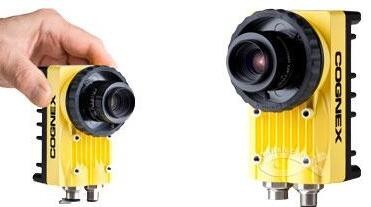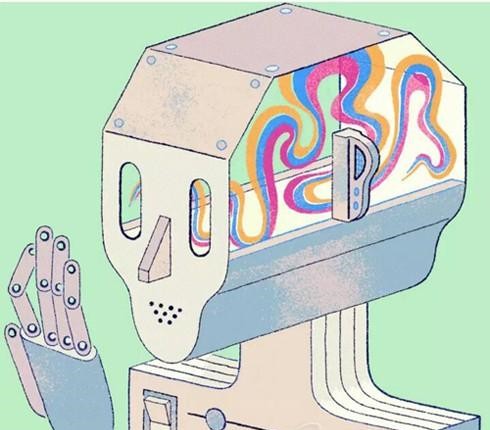The seemingly cool technology is actually not as big as the outside world thinks.
The key to Realsense's ability to recognize the depth information of an object is its 3D reconstruction. Products that are better than Realsense and even better than Realsense abound, and the functions of barriers or path planning in drones , robots, and driverless cars that we know are based on 3D reconstruction techniques.
Speaking of this, you may think that the technical principles of these products are not different, so is this really the case?
As the technical solutions for 3D reconstruction continue to mature, their solutions are also endless. At present, the mainstream solutions in the industry include visual and laser radar. For example, Realsense and Leapmotion and Kinect use visual methods to realize environmental awareness, while laser radar is the core of unmanned and sweeping robots. So why are there multiple options? What is the difference between them?

Monocular/binocular vision
This technology uses the camera to obtain image information like the surface of the object. According to the number of cameras, we can divide into monocular vision and binocular vision.
When it comes to 3D reconstruction technology, it can be traced back to the 1960s. At that time, researchers had launched binocular vision research. It was because of the emergence of binocular stereo vision that the industry took a big step toward modern computer vision technology. From the analysis of the previous two-dimensional images into the three-dimensional scene, it is not unreasonable to say that binocular vision technology is the originator of three-dimensional reconstruction.

The principle is relatively simple. The binocular vision device directly obtains two digital images of the measured object from different angles through two infrared sensors/cameras, and then recovers the three-dimensional geometric information of the object based on the parallax principle to reconstruct the three-dimensional contour and position of the object. This type of active emission source is also called passive three-dimensional vision.
However, how to identify whether it is the same information point in the case of two cameras is a problem, which puts high demands on software algorithms. In this context, monocular vision has come out.
Overmolding the Connectors offers significant opportunities for cable improvements with higher pull strength and waterproof issue for those parts, which without these characteristic by conventional types.Such as jst jwpf connector. Just be free to contact us if you need any wire-harness solutions or partner for your products. Our professional and experienced team would support you by satisfied skill and service.
Molded Connectors,Molded Waterproof Connector,Molded Straight Wire Connector,Jst Jwpf Connector
ETOP WIREHARNESS LIMITED , http://www.wireharness-assembling.com